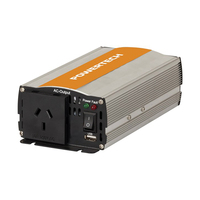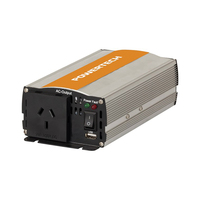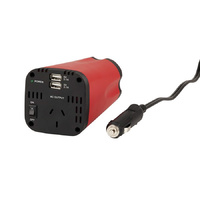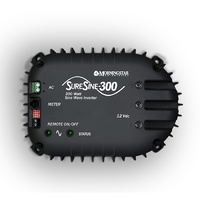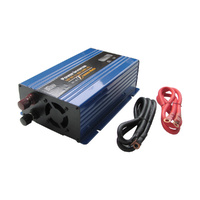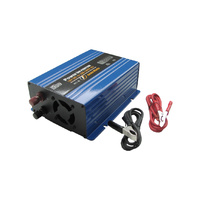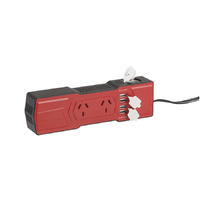Power Inverter Types
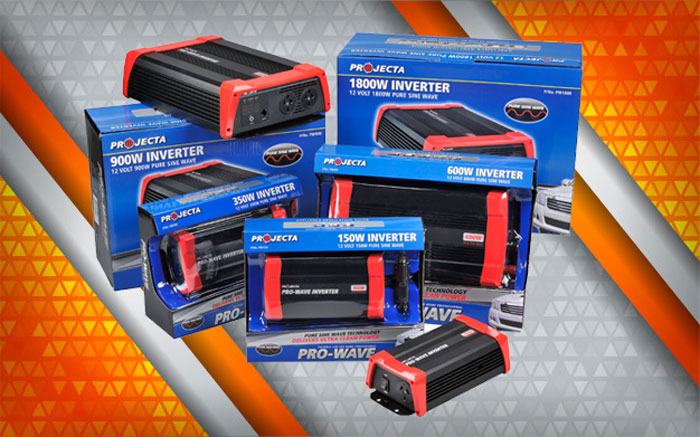
A power inverter converts a DC power source such as a 12v DC (Direct Current) battery to AC (Alternating Current) power. Inverters are traditionally the power hub in RV, campervans, huts and any other application where the standard grid power is unavailable.
The inverter provides a convenient and portable means to run standard appliances from batteries or solar power.
There are two main types of inverters, which one you chose will greatly depend on what type of device / appliance you are planning on running through the inverter. Outside of the two main types of inverters, the other factor in choosing the right inverter is its power (max) rating. However, we will cover this in another article. For the purpose of this article we will look at the difference between pure sinewave and modified sinewave inverter.
.jpg)
Modified Sinewave Invertors
Also known as a square wave inverter due to the type of AC waveform they produce. Modified sinewave inverters do their best to mimic standard AC waveform. As illustrated in the reference image above. They are typically much cheaper than pure sinewave versions and offer a much more economical portable power solution.
However, the cost saving brings some restrictions. Modified sinewave inverters don't provide clean AC power and are not suitable for delicate electronics such as Hi-Fi, Flat screen TV's, Computing, IT or even battery chargers. Clocks, radios and certain washing machines with delicate electronics also have temperamental issues with modified sinewave inverter.
Generally, appliances that can run on a modified sinewave inverter run hotter and tend to be less efficient.
They offer greater savings but are limited by what they can and cannot run.
Pure Sinewave Inverters
Pure sinewave inverter, as the name suggests, replicates the standard AC power sinewave you would get from any power socket. Producing clean AC power that is the same, if not better than what would be produced in your home.
Pure sinewave's clean AC power is much safer to use on delicate electronics such as home theatre, speakers, medical equipment and pro video equipment.
Conclusion
Modified sinewave inverters are always cheaper and often much easier to find. If your intended use is for powering non sensitive electronics, then a modified sinewave inverter will offer considerable savings or greater power capacity for your budget.
With that said, Mr Positive would always recommend pure sinewave inverters. Largely as they are safer, minimise risk of appliance damage and ultimately provide a much more future proof solution in contrast to the initial investment made.

